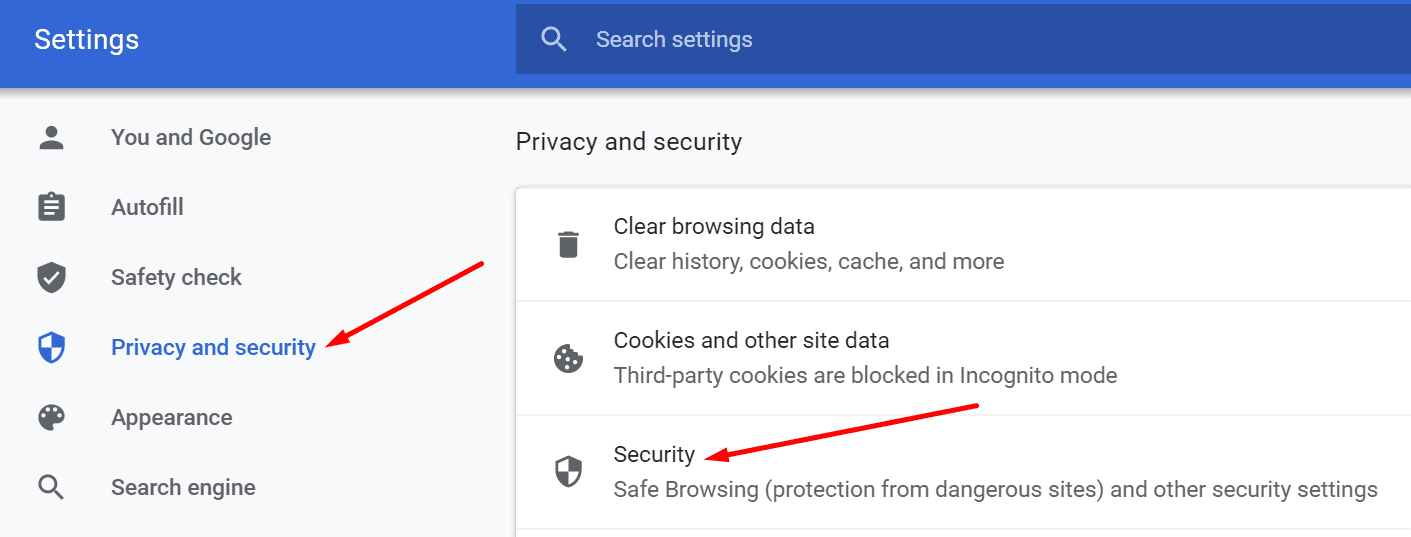

The FtpRemoteDownload class uses FtpWebRequest directly (instead of using the higher-level WebClient class) to handle the specific requirements of the FTP protocol. The class retrieves the stream that contains the response data from the server, and then writes this byte array to a FileStream. The RemoteDownload class checks to make sure that the URI resource exists before the download is started. The RemoteDownload class requires a URI resource and a local physical directory. These classes are HttpRemoteDownload and FtpRemoteDownload. The RemoteDownload class also has two child classes. After the UploadData method finishes, the result is shown on the current page. The date and time is accurate to the millisecond. Note If you do not specify a file name to use to store the file on the server, the system will automatically generate a file name according to the current date and time on the server. Pass the server URI and a local physical file path as parameters to create the object. } In the RemoteFileForm.cs file, when you click the Upload button, an instance of the RemoteUpload object is created. Using (Stream strm = reqFTP.GetRequestStream())ĬontenctLength = ms.Read(buff, 0, buffLength) MemoryStream ms = new MemoryStream(this.FileData) ReqFTP = (FtpWebRequest)FtpWebRequest.Create(this.UrlString) Public FtpRemoteUpload(byte fileData, string fileNamePath, string urlString) Public class FtpRemoteUpload : RemoteUpload Throw new Exception("Failed to upload", ex.InnerException) Using (WebClient client = new WebClient())Ĭlient.Credentials = CredentialCache.DefaultCredentials Ĭ("Content-Type", "application/x-"PUT", postData) : base(fileData, fileNamePath, urlString) Public HttpRemoteUpload(byte fileData, string fileNamePath, string urlString) Public class HttpRemoteUpload : RemoteUpload See the following class definitions for more information about the RemoteUpload class: The FtpRemoteUpload class uses FtpWebRequest directly (instead of using the higher-level WebClient class) to handle the specific requirements of the FTP protocol. You can also specify the name to use for the uploaded file. The RemoteUpload class requires a byte array of the file data and a server URI. Both classes use the RemoteUpload constructor. These classes are HttpRemoteUpload and FtpRemoteUpload. The RemoteUpload class has two child classes.
#CANNOT DOWNLOAD ASPX FILE HOW TO#
In this sample code, you will find the RemoteFileForm.aspx file that explains how to use the following two new classes:
#CANNOT DOWNLOAD ASPX FILE CODE#
This code sample uses the UploadData and DownloadData methods of the WebClient class to transfer data to and from a remote server URI. The UploadData method is used with the HTTP protocol’s PUT method and the “application/x-Sample overview FtpWebRequest implements the STOR and RETR methods of the FTP protocol to upload and download files.

HttpWebRequest implements the GET and POST methods of the HTTP protocol to upload and download files.

The HttpWebRequest and FtpWebRequest classes are protocol-specific implementations of the abstract WebRequest class. WebRequest objects are used by the WebClient class to make requests. The WebClient class is a high-level class that makes server interactions easier. NET Framework class library provides some lightweight request objects. It is fairly easy to upload and download files from a remote server in ASP.NET. To download this code sample, click one of the following links: The key classes used in this code sample are the WebClient class and the WebRequest class. Also, this code sample uses Uniform Resource Identifiers (URIs) to identify the locations of files on a server. Functionality is provided for transferring files with both the HTTP and FTP protocols. This code sample demonstrates how to upload and download files from a server that is not in the scope of the user’s request domain. NET language versions of the sample package are available. You can download the sample packages from the following download icons. This code sample demonstrates how to upload and download files from a remote or local server in ASP.NET. This article describes an All-In-One framework sample that is available for download. "browser.history_expire_days.mirror": 180,


 0 kommentar(er)
0 kommentar(er)
